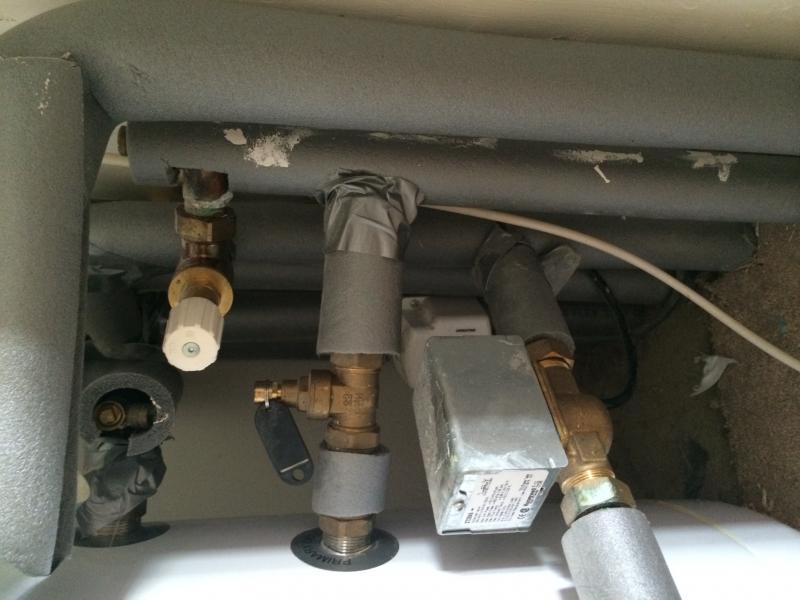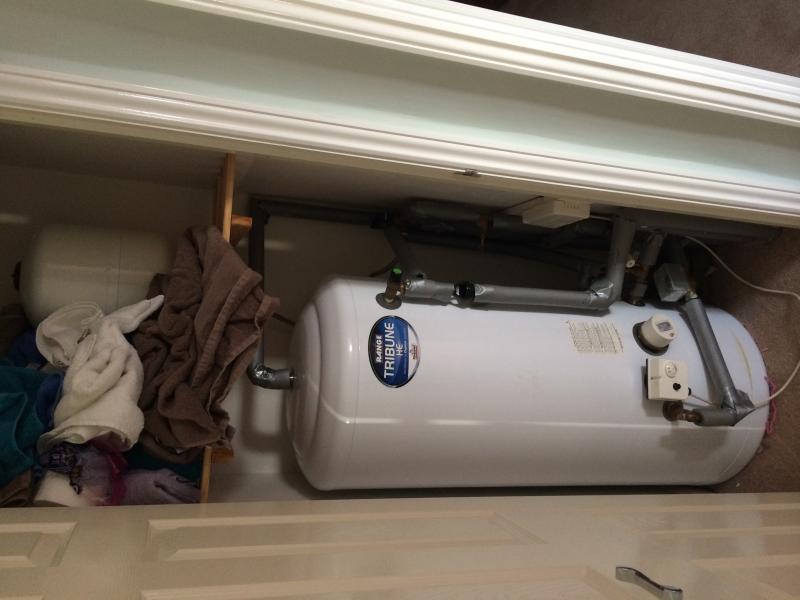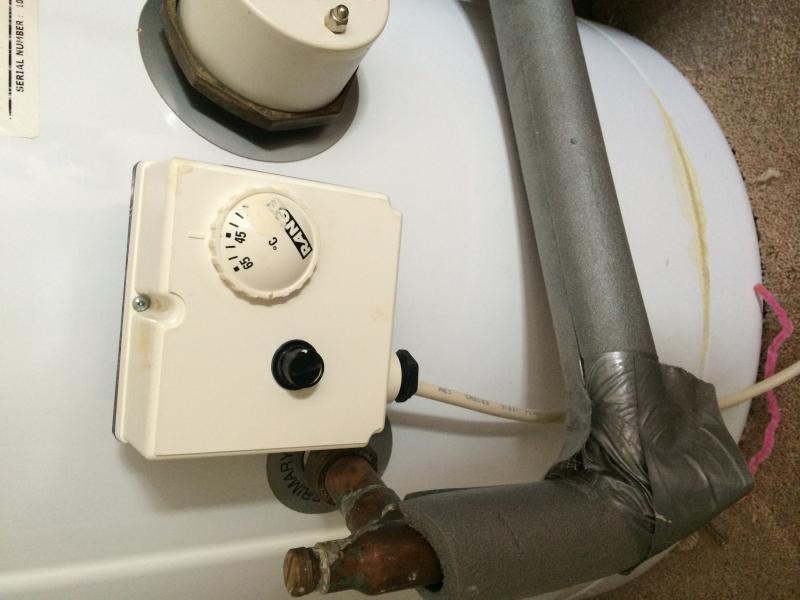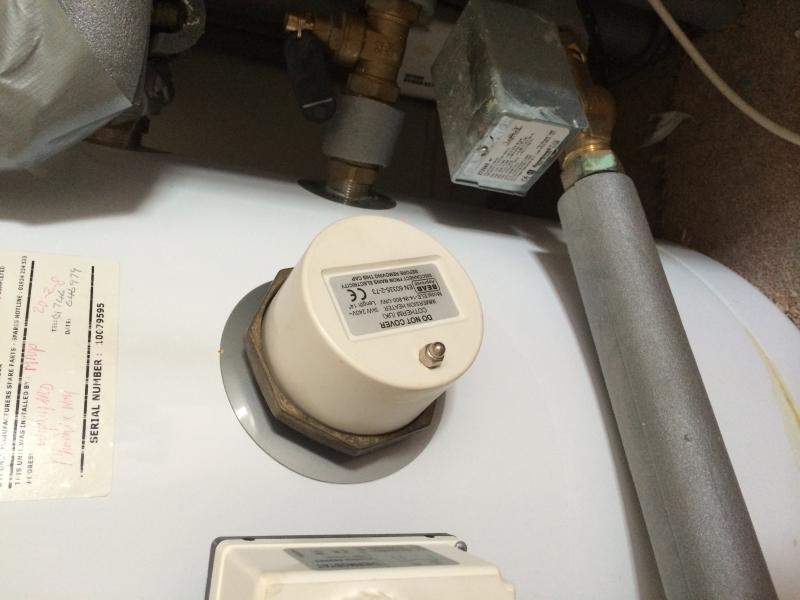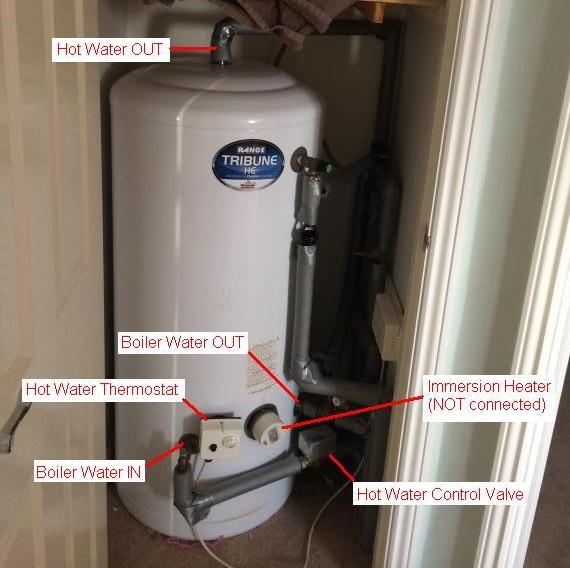Hello there
I've just moved into a 4 year old house... and being an older house guy who has DIY expended combi CH/HW systems and microbore.... this new system has me baffled and I cannot seem to find somewhere to explain how it works.
We've got:
- Condenser boiler in the kitchen
- Thermostat in the hallway
- HW cylinder in a cupboard upstairs
- Small expansion cyclinder above the large HW cylinder
- There appears to be an immersion heater attached to the HW cylinder
- There is also a Myson Power Extra valve that has a manual control on it?
- There is no switch near the HW cylinder to turn off the immersion heater
Everything is working fine.... but I don't understand how it works....
Does the boiler heat the water? If so how?
How long should I have the boiler on to heat the HW for our morning and evening needs (only 2 of us live at home)? Whats most efficient? How long should a tank of hot water stay warm for?
Why is there an immersion heater? Is this for instant HW?
What is the motorised value for and why does it have a manual bypass?
How can I switch the immersion off?
Sorry for the dumb questions, I just like to understand!
Thank you
Michael
I've just moved into a 4 year old house... and being an older house guy who has DIY expended combi CH/HW systems and microbore.... this new system has me baffled and I cannot seem to find somewhere to explain how it works.
We've got:
- Condenser boiler in the kitchen
- Thermostat in the hallway
- HW cylinder in a cupboard upstairs
- Small expansion cyclinder above the large HW cylinder
- There appears to be an immersion heater attached to the HW cylinder
- There is also a Myson Power Extra valve that has a manual control on it?
- There is no switch near the HW cylinder to turn off the immersion heater
Everything is working fine.... but I don't understand how it works....
Does the boiler heat the water? If so how?
How long should I have the boiler on to heat the HW for our morning and evening needs (only 2 of us live at home)? Whats most efficient? How long should a tank of hot water stay warm for?
Why is there an immersion heater? Is this for instant HW?
What is the motorised value for and why does it have a manual bypass?
How can I switch the immersion off?
Sorry for the dumb questions, I just like to understand!
Thank you
Michael


